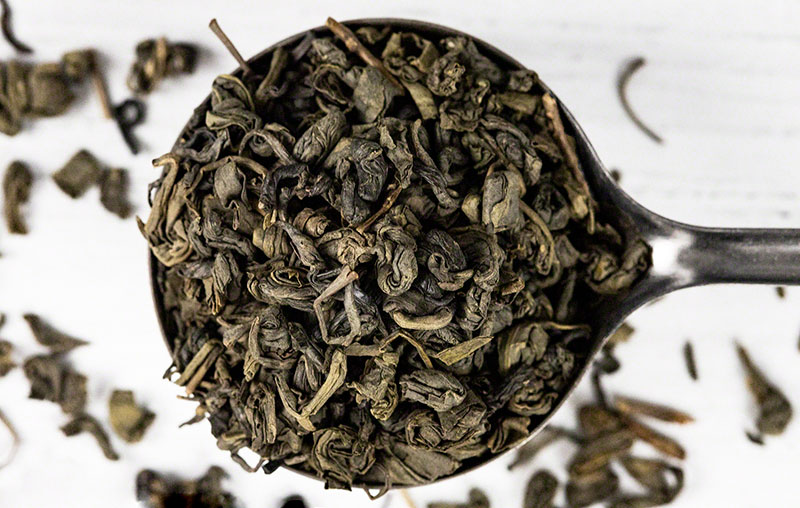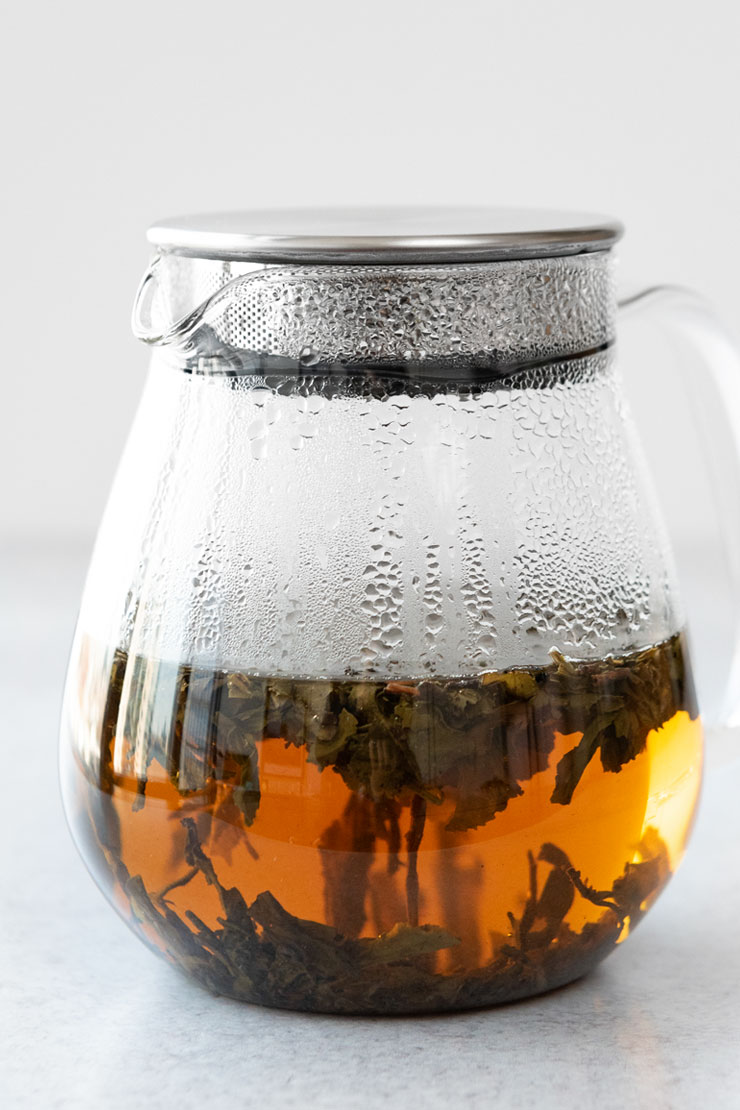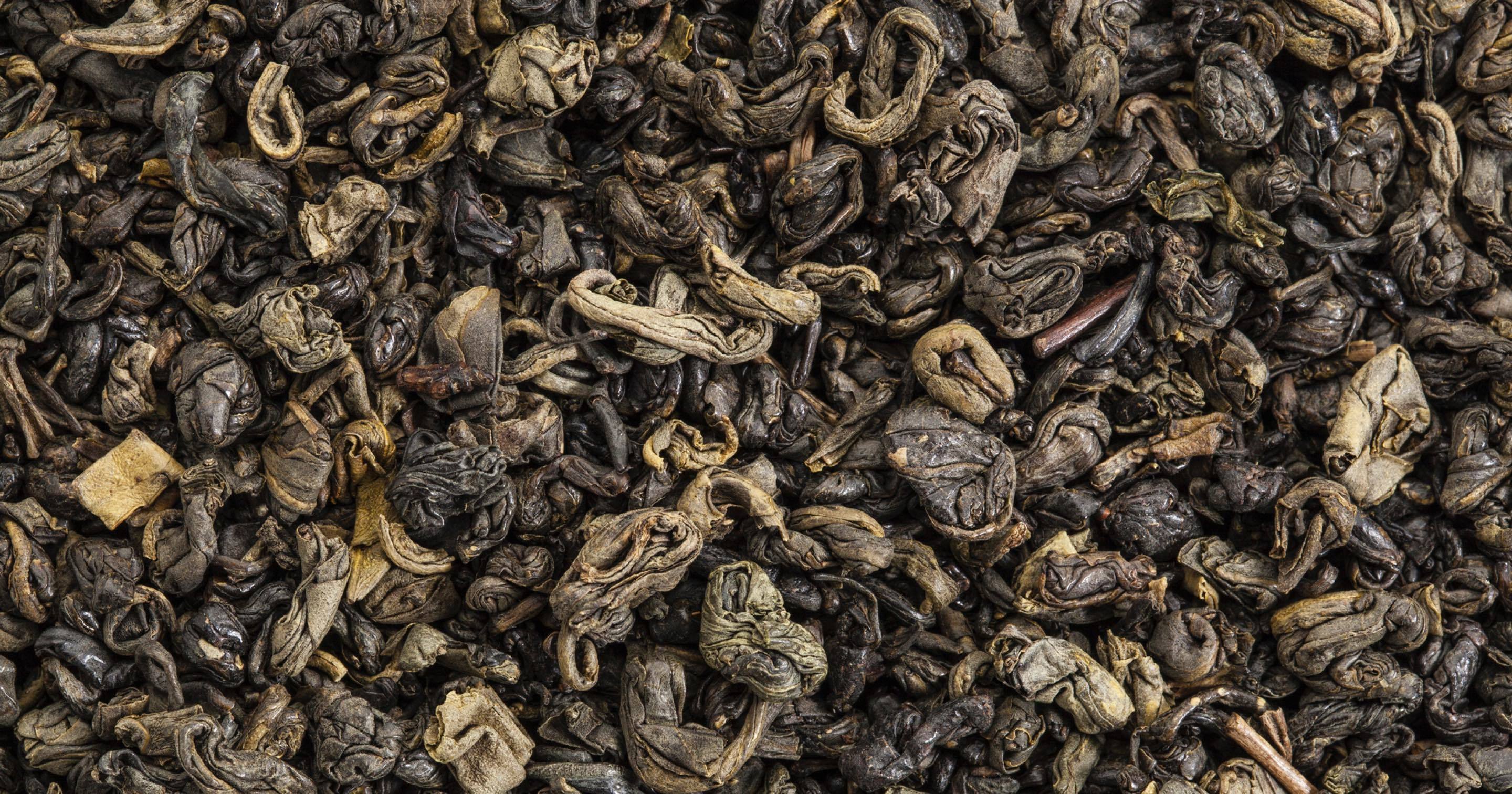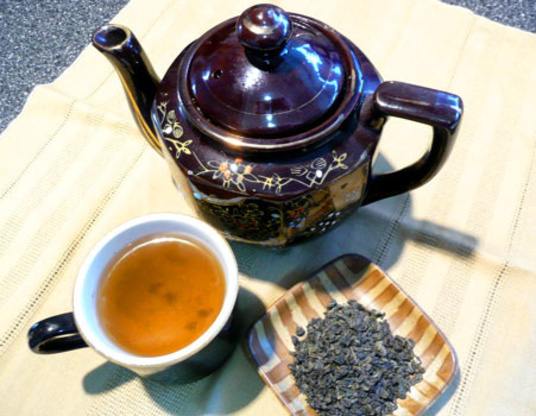Gunpowder tea
珠茶, zhu cha, pearl tea, gunpowder green tea
Gunpowder tea is a form of tea in which each leaf has been individually rolled into a small pellet. Its English name comes either from some resemblance of the pellets to gunpowder, or from a phrase in Chinese that phonetically resembles the word "gunpowder". This rolling method of shaping tea is most often applied either to green tea (the most commonly encountered variety outside China) or to oolong tea. Gunpowder tea production dates back to the Tang dynasty 618–907. Leaves being processed into gunpowder tea are withered first, then steamed, rolled into pellet shape, and dried. Although the individual leaves were formerly rolled by hand, today all but the highest grades of gunpowder teas are rolled by machine. Rolling renders the leaves less susceptible to physical damage during packaging and storage, and allows them to retain more of their flavor and aroma. In addition, it allows certain types of oolong teas to be aged for decades if they are cared for by being occasionally roasted. The pellets are dried or "heat-fixed" by pan-firing, sometimes multiple times; this dry heating may contribute a slight smoky flavour. Heat-fixing is a typical part of green tea processing and stops oxidation. (Oxidation of green tea, which if allowed to continue would change it into oolong tea or black tea, has often been incorrectly called fermentation; fermentation is actually unique to pu'erh and "dark" teas). Japanese green tea processors typically stop oxidation by steaming instead of dry heating, and do not usually produce "gunpowder" style tea.
Source: Wikipedia
Recipes



